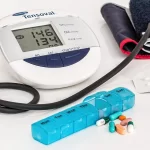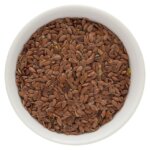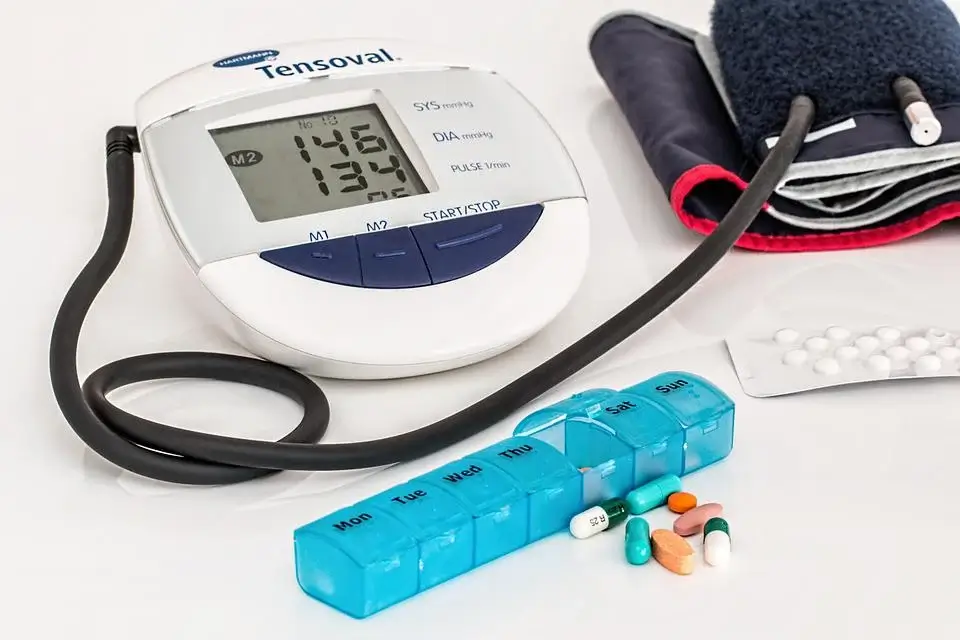Diabetes is a serious condition, and it’s becoming more prevalent in women than ever before. Diabetes prevalence has quadrupled in the last thirty years, with one in four women now at risk of developing this disease.
If you think you may be at risk for diabetes, take these 7 signs into consideration:
- You are pre-diabetic
- You have type 2 diabetes (It is possible to have type 1)
- You are overweight or obese
- You have high blood pressure
- You have high cholesterol
- You have polycystic ovary syndrome (PCOS)
- Your waist circumference is more than 35 inches for most women
Pre-diabetes
Pre-diabetes is one of the risk factors women need to be aware of. Pre-diabetes is a condition in which blood sugar levels are higher than normal, but not enough to warrant a diagnosis of diabetes. This disease can often go unnoticed for many years, so it’s important for women to be aware that this may be a risk for them as well. It’s possible to have type 1 diabetes, but its more common in women who have type 2 diabetes.
Type 2 Diabetes
- Type 2 diabetes is the most common form of diabetes. This form of diabetes develops when your body can’t produce enough insulin or doesn’t use insulin properly. As a result, glucose builds up in your blood and can cause serious health problems over time, including heart disease and stroke.
- Type 2 diabetes usually starts with pre-diabetes – a condition which is caused by high blood sugar levels in the body. With this condition, the pancreas either doesn’t make enough insulin or the cells in your body don’t respond to it as they should. These factors increase your risk for type 2 diabetes gradually over time. If you have pre-diabetes, you have an increased risk of developing type 2 diabetes within ten years.
- Most cases of type 2 diabetes are caused by being overweight or obese, having a family history of type 2 diabetes, having high blood pressure or being above the age of 45 years old.
Overweight and Obese Women at Risk
Researchers from the Harvard School of Public Health found that women who are overweight or obese are more likely to get diabetes than those who aren’t. In fact, the risk for diabetes significantly increases when a woman has a BMI over 25. So, if you are overweight or obese, it’s important to take care of your weight and not allow yourself to go higher than this threshold.
If you have PCOS, you may be at higher risk for diabetes as well. PCOS is a hormonal condition affecting the reproductive system in women. It often leads to infrequent periods, difficulty getting pregnant, and excess hair growth on the face and body. Along with these symptoms, PCOS can also lead to insulin resistance and an increased risk for type 2 diabetes.
High Blood Pressure
Many women are unaware of their high blood pressure. In fact, more than three quarters of women with hypertension don’t know that they have the condition. High blood pressure is one of the key risk factors for diabetes in women, as it can lead to a heart attack or stroke.
High Cholesterol
High cholesterol is a definite risk factor for diabetes. If you have high cholesterol, your pancreas will produce more insulin to help reduce your blood sugar levels. This excess insulin production can lead to insulin resistance over time and eventually type 2 diabetes.
Polycystic Ovary Syndrome (PCOS)
If you suffer from polycystic ovary syndrome, you are more likely to develop diabetes. Polycystic ovary syndrome is a condition that affects the hormonal levels in your body, which can result in diabetes. PCOS is also linked to obesity, which can increase your risk for developing diabetes.
Polycystic ovary syndrome has many symptoms, including irregular menstrual cycles and excess hair growth on the face or body. These symptoms may be indicative of PCOS and require further evaluation by a doctor.
Waist Circumference (Waist 35 Inches or More)
One of the first signs of diabetes is an increased risk for type 2 diabetes. The biggest risk factor for type 2 diabetes is obesity. If your waist circumference has increased to 35 inches or more, you may be at a higher risk of developing type 2 diabetes than women who have a smaller waist circumference. Waist circumference is not just a sign that you are overweight; it’s also an indicator of your metabolic health. It can show whether you have too many fat cells in your body, which can lead to insulin resistance, high blood pressure, and cholesterol levels that are out of control.
Some people may be at risk for diabetes without being obese or having high blood pressure because they have other risk factors like PCOS (polycystic ovary syndrome). With PCOS, you are more likely to become diabetic as soon as 10 years after diagnosis.
Waist Trimmer
If you are looking for a way to help your waistline, a waist trimmer may be the answer. A waist trimmer is an elastic belt that has two large velcro attachments on the ends. You wear it around your stomach like any other belt and it can reduce your waist by 3-4 inches.
Why does it work?
The belt works because of its ability to compress your abdomen, which will naturally restrict your food intake and provide a feeling of fullness sooner. Additionally, the compression will also release endorphins in your brain that will make you feel happier and more fulfilled with eating less food.
Exercise
Exercise is a great way to prevent diabetes. It can have a positive impact on your blood pressure and cholesterol levels, as well as help you lose weight. Exercising can also increase the sensitivity of your cells to insulin, which will reduce your risk of type 2 diabetes.
Healthy Diet
One of the most important things you can do to reduce your risk of developing diabetes is to adopt a healthy diet. A diet that is high in protein, low in carbohydrates and sugar, and includes plenty of vegetables, will help you maintain a healthy weight. Research has found that when people follow this type of diet they have an easier time controlling their blood sugar levels.












